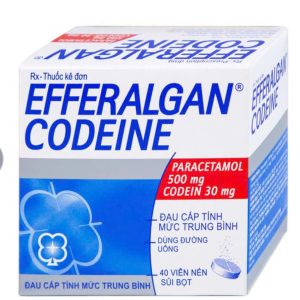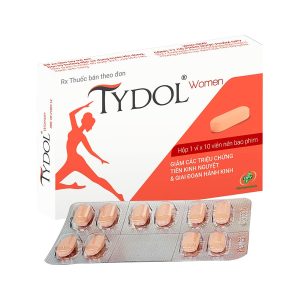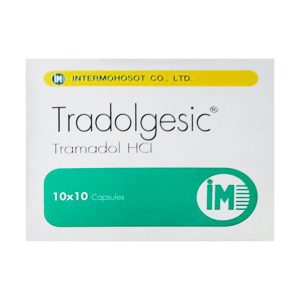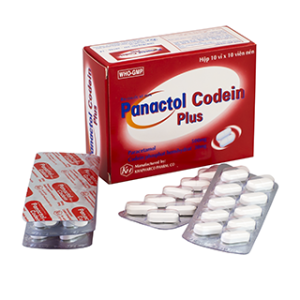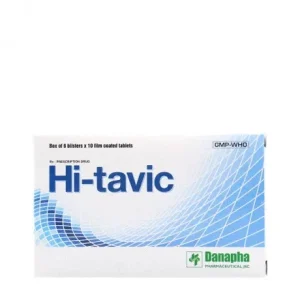We deliver to you every day from 7:00 to 23:00
The best discounts this week
Every week you can find the best discounts here.
Pain Relief for Sciatica Flare-Ups: A Comprehensive Guide
Sciatica is a condition that can cause intense pain, often radiating from the lower back down to one leg. This pain occurs due to irritation or compression of the sciatic nerve, and it can vary in intensity from mild discomfort to debilitating agony. Sciatica flare-ups can happen suddenly, often triggered by certain movements, positions, or overexertion.
If you’re experiencing a sciatica flare-up, you’re not alone. Many people deal with this condition, and thankfully, there are several pain relief strategies available. This guide will cover the best methods for managing and alleviating pain during a sciatica flare-up, offering both medication and natural remedies that can help ease your discomfort.

What is Sciatica?
Sciatica refers to the pain that radiates along the sciatic nerve, which runs from your lower back down through your hips and buttocks and extends to each leg. Sciatica is typically caused by a herniated disc, a spinal stenosis, or a degenerative disc disease, which compresses or irritates the nerve.
Sciatica can manifest in a variety of ways, including:
-
Sharp pain down the leg
-
Numbness or weakness in one leg
-
Tingling sensations or “pins and needles”
-
Muscle weakness in the leg or foot
Sciatica flare-ups occur when the nerve becomes irritated, causing intense discomfort. These flare-ups can last for days, weeks, or even longer, depending on the cause and treatment.
Understanding Sciatica Flare-Ups
Sciatica flare-ups often occur suddenly, usually following an activity that puts extra strain on the lower back, such as lifting heavy objects, sitting for long periods, or twisting awkwardly. Inflammation is a primary factor in sciatica flare-ups, as pressure on the sciatic nerve can irritate the surrounding tissues, causing pain, swelling, and discomfort.
Common triggers of sciatica flare-ups include:
-
Prolonged sitting or standing
-
Heavy lifting or physical strain
-
Twisting motions or awkward postures
-
Herniated or bulging discs pressing on the nerve
Understanding these triggers is crucial in managing and preventing future flare-ups. However, when a flare-up does occur, it’s important to address the pain quickly and effectively.
Symptoms of a Sciatica Flare-Up
-
Pain radiating down one leg (usually from the lower back, buttocks, or thigh to the calf)
-
Sharp, burning pain that increases with movement
-
Muscle weakness or difficulty controlling movement
-
Tingling or numbness in the leg or foot
Pain Relief for Sciatica Flare-Ups: Medications
When dealing with a sciatica flare-up, medications are often the first line of defense to relieve pain and reduce inflammation. Below are the most common pain-relief options for sciatica:
1. Non-Steroidal Anti-Inflammatory Drugs (NSAIDs)
NSAIDs like ibuprofen (Advil) and naproxen (Aleve) are effective for reducing inflammation and relieving pain. These medications work by blocking the enzymes that cause inflammation, which in turn helps decrease swelling and pain around the sciatic nerve.
-
Effectiveness: Highly effective for reducing inflammation and pain.
-
Pros: Fast-acting, available over-the-counter.
-
Cons: Prolonged use may cause stomach issues like ulcers.
2. Acetaminophen (Tylenol)
Acetaminophen is another over-the-counter pain reliever that can help reduce pain, though it does not address inflammation. It works by blocking pain signals to the brain.
-
Effectiveness: Good for mild to moderate pain, but less effective for inflammation.
-
Pros: Gentle on the stomach and often recommended for people who cannot take NSAIDs.
-
Cons: Can cause liver damage if taken in excessive amounts.
3. Muscle Relaxants
Muscle relaxants, such as cyclobenzaprine (Flexeril), may be prescribed to help relieve muscle spasms associated with sciatica. These medications can reduce discomfort by easing the muscles around the sciatic nerve.
-
Effectiveness: Effective for muscle spasms caused by sciatica.
-
Pros: Helps relax the muscles and reduce tension.
-
Cons: May cause drowsiness and should be used with caution.
4. Corticosteroids
In cases of severe sciatica, oral corticosteroids or epidural steroid injections may be prescribed. These medications help reduce swelling around the nerve, providing significant relief from pain.
-
Effectiveness: Effective for reducing severe inflammation.
-
Pros: Fast-acting and effective for long-term relief.
-
Cons: Long-term use may cause side effects like weakened bones and weight gain.
Natural Remedies for Sciatica Flare-Ups
While medications can offer temporary relief, natural remedies can play a vital role in managing sciatica flare-ups over the long term. Here are some of the most effective options:
1. Heat and Cold Therapy
Applying cold packs to the affected area during the initial stages of a flare-up can help reduce inflammation and numb the pain. After 48 hours, switch to heat therapy to promote blood circulation and relax tight muscles.
-
Effectiveness: Cold helps with inflammation, and heat provides muscle relaxation.
-
Pros: Simple, non-invasive treatments that can be done at home.
-
Cons: Requires consistent application for best results.

2. Stretching and Physical Therapy
Gentle stretching and physical therapy can help improve mobility and strengthen muscles around the sciatic nerve. Specific exercises can reduce pressure on the nerve and prevent future flare-ups. Physical therapy focuses on correcting posture, strengthening muscles, and improving flexibility.
-
Effectiveness: Essential for long-term recovery and preventing future flare-ups.
-
Pros: Non-invasive and sustainable solution.
-
Cons: Requires time, effort, and consistency.
3. Massage Therapy
A massage performed by a trained professional can help alleviate muscle tension and improve blood circulation. Targeting the muscles around the sciatic nerve can reduce discomfort and promote healing.
-
Effectiveness: Effective for reducing muscle tightness and discomfort.
-
Pros: Relieves stress, promotes relaxation, and improves flexibility.
-
Cons: Requires regular sessions and can be expensive.
4. Acupuncture
Acupuncture involves inserting thin needles into specific points in the body to stimulate nerve activity and improve blood circulation. This method can help reduce pain and inflammation related to sciatica.
-
Effectiveness: Effective for some people in managing chronic pain.
-
Pros: Natural, drug-free treatment option.
-
Cons: Requires multiple sessions for long-term benefits.
When to See a Doctor
While most sciatica flare-ups can be managed with home remedies and over-the-counter medications, certain symptoms may require professional medical attention. You should consult a doctor if:
-
The pain lasts for more than a few days.
-
You experience severe pain, numbness, or weakness in your leg.
-
You have difficulty controlling your bladder or bowels.
-
The pain is accompanied by fever or unexplained weight loss.
Your healthcare provider may recommend further diagnostic tests, such as an MRI or X-ray, to determine the exact cause of your sciatica and provide an appropriate treatment plan.
FAQs About Sciatica Flare-Ups
1. What causes a sciatica flare-up?
A sciatica flare-up is typically caused by nerve compression from a herniated disc, spinal stenosis, or muscle tightness. Other factors like poor posture, prolonged sitting, or heavy lifting can trigger flare-ups.
2. How long does a sciatica flare-up last?
The duration of a sciatica flare-up varies, but most people experience relief within a few days to a couple of weeks with proper treatment. Chronic flare-ups may require ongoing management.
3. Can exercise make sciatica worse?
Intense exercise or improper technique can exacerbate sciatica pain. However, gentle stretching and strengthening exercises prescribed by a physical therapist can improve symptoms.
4. Are there any preventive measures for sciatica flare-ups?
Preventing sciatica flare-ups involves maintaining a healthy posture, exercising regularly to strengthen core and lower back muscles, and avoiding prolonged sitting.
Conclusion
Managing a sciatica flare-up can be challenging, but with the right approach, you can find relief and improve your quality of life. Medications such as NSAIDs and acetaminophen can offer immediate relief, while natural remedies like stretching, heat therapy, and physical therapy can promote long-term recovery and prevent future flare-ups.
If your sciatica pain persists or worsens, don’t hesitate to consult a healthcare professional. With the right treatment, you can get back to enjoying your daily activities without the constant pain of sciatica.

